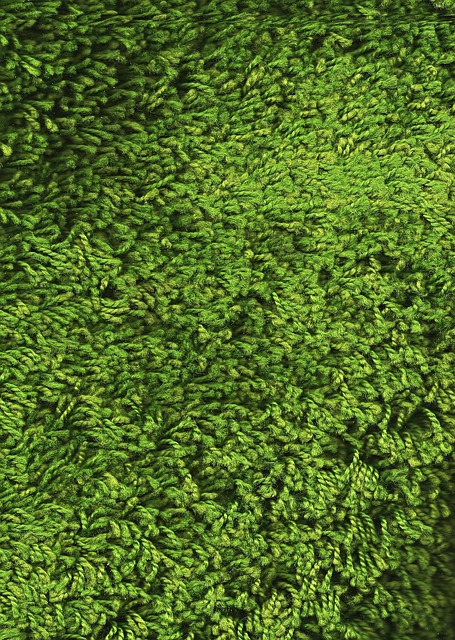Pet stains on carpets result from urine, faecal matter, indoor access, breed traits, and natural behaviors. Prompt action, gentle blotting, mild detergent, and baking soda are initial removal methods. Specialized carpet cleaning products and enzymes help for stubborn stains. Natural (baking soda, vinegar) vs. chemical-based treatments offer different levels of effectiveness. Regular vacuuming, monthly shampooing, and professional steam cleaning prevent reoccurrences. Call professionals when at-home care fails to address deep-set stains.
Carpets, despite their beauty, can quickly become a battlefield for pet owners, marked by unexpected accidents and stubborn stains. Understanding these stains is the first step towards effective treatment. This article guides you through the process of removing pet stains from carpets with practical tips and techniques. From immediate response strategies to natural vs chemical treatments, we provide essential knowledge on how to remove pet stains efficiently. Learn when to seek professional help for severe cases, ensuring your carpet’s longevity.
Understanding Pet Stains on Carpets: Types and Causes

Pet stains on carpets can vary greatly depending on the type of pet and its habits. Urine stains, for instance, are common with dogs and cats and often result from accidents or marking behaviour. These stains can cause not only discolouration but also odour issues that need addressing. Solid faecal matter, on the other hand, leaves visible and sometimes large marks that require immediate cleaning to prevent permanent damage to the carpet fibres.
Several factors contribute to pet staining. Indoor pets often have unrestricted access to carpets, increasing the likelihood of accidents or intentional marking. Moreover, certain breeds of dogs and cats may be more prone to specific types of staining due to their natural behaviours or physical attributes. Regular grooming and training can help mitigate these issues, but understanding the causes is the first step in learning how to remove pet stains from carpet.
Immediate Response: What to Do After a Pet Accident

When your pet has an accident on the carpet, a quick response is crucial in how to remove pet stains from carpet effectively. The first step is to act promptly – don’t let the stain set. Blot the area gently with a clean cloth or paper towel, absorbing as much of the liquid as possible without spreading it around. Avoid rubbing, which can push the stain deeper into the fibers.
Next, use a mixture of mild detergent and warm water to clean the affected area. Apply this solution using a spray bottle or dip a clean cloth in the solution and wring out excess liquid. Gently dab at the stain until it starts to lift. For stubborn pet stains, consider a specialized carpet cleaning product designed for such messes. Always test any cleaning agent on a small, inconspicuous part of the carpet first to ensure it doesn’t cause discoloration or damage.
Essential Tools and Materials for Stain Removal

When it comes to tackling pet stains on carpets, having the right tools and materials is half the battle won. Here’s a quick rundown of what you’ll need for effective stain removal. First, invest in good quality carpet cleaning solutions designed specifically for pet messes. These often contain enzymes that break down animal urine and fecal matter. Next, grab some white vinegar, a natural cleaner known for its ability to cut through grease and odors. A soft-bristled brush or old toothbrush will help you gently scrub the stain, while clean, warm water is essential for rinsing. Don’t forget protective gloves to keep your hands safe from harsh chemicals and stains.
For tough cases, consider a carpet cleaning machine or professional-strength enzymes. These can be a game-changer for deeper cleanings. Always test any cleaning solution on a small, inconspicuous area first to ensure it doesn’t discolor or damage the fibers. Knowing how to remove pet stains from carpets efficiently means having these essential tools at your disposal, ready to tackle messes head-on.
Step-by-Step Guide: Effective Cleaning Techniques

Removing pet stains from carpets doesn’t have to be a daunting task. Here’s a step-by-step guide using simple, effective cleaning techniques. Start by blotting the stain with a clean cloth or paper towel to absorb as much of the liquid as possible. Avoid rubbing, which can spread the stain further into the carpet fibers.
Next, sprinkle a generous amount of baking soda or cornstarch on the affected area. These natural abrasives help lift stains from the surface. Let the powder sit for about 15-20 minutes to allow it to absorb any remaining moisture and break down the stain. Then, using a vacuum cleaner with a brush attachment, carefully suck up the powdered cleaning agent along with any embedded pet hair. Repeat this process until the stain is significantly reduced or completely gone.
Natural vs Chemical Treatments: Pros and Cons

When it comes to treating pet stains on carpets, there are two primary approaches: natural remedies and chemical-based treatments. Each has its advantages and disadvantages, offering different paths for effective stain removal while considering environmental impact and safety. Natural treatments, often using common household ingredients like baking soda or vinegar, are gentle on both the carpet and the environment. They’re ideal for minor stains and safe around children and pets. However, their effectiveness may vary, as natural solutions might not penetrate deeply enough to break down stubborn pet messes.
On the other hand, chemical treatments provide more aggressive stain removal options but can have potential drawbacks. Chemical cleaners are potent and may leave behind residues if not properly rinsed. They aren’t always suitable for all types of carpets or fabrics, and their usage should be cautious to avoid damaging the carpet fibers. Despite these considerations, many people opt for chemical treatments due to their reliability in tackling hard-to-remove stains. For effective how to remove pet stains from carpet solutions, understanding these pros and cons is key before choosing a method.
Preventing Reoccurrences: Tips for Regular Carpet Care

Preventing reoccurrences is key when it comes to managing pet stains on carpets. Regular cleaning and maintenance can significantly reduce the chances of new stains forming. Start by vacuuming your carpet frequently using a tool with strong suction to lift dirt, hair, and other debris that could lead to staining. Target areas where your pets spend the most time, as these hotspots are more prone to accumulation of pet messes.
Additionally, consider using a carpet shampooer or steam cleaner at least once a month to deep clean your carpet fibers. This process helps remove embedded dirt and any residual pet stains that might have been left behind. Remember, consistency is crucial – the more often you maintain your carpet, the less likely it is to develop new pet stains, making it easier to keep your space looking pristine and odor-free using simple how to remove pet stains from carpet techniques.
When to Call in the Professionals: Severe Case Scenarios

If your carpet has stubborn, deep-set pet stains that refuse to budge with at-home cleaning methods, it might be time to call in the professionals. Severe cases of pet staining can include urine seepage leading to discolouration or odour issues that are beyond routine cleaning solutions. Professional carpet cleaners have advanced tools and techniques tailored for such challenges. They employ steam extraction or other specialised methods to deeply clean and sanitise your carpet, effectively removing not just stains but also any bacteria or germs that may be lurking.
For pet owners dealing with frequent accidents or larger animals like dogs that leave their mark on the carpet, regular professional cleaning can prevent extensive damage and odour problems. How to remove pet stains from carpet should involve a strategic approach, especially in high-traffic areas where quick action is essential. Consulting experts ensures your carpet receives the care it needs to restore its aesthetic appeal and maintain its quality for longer.
